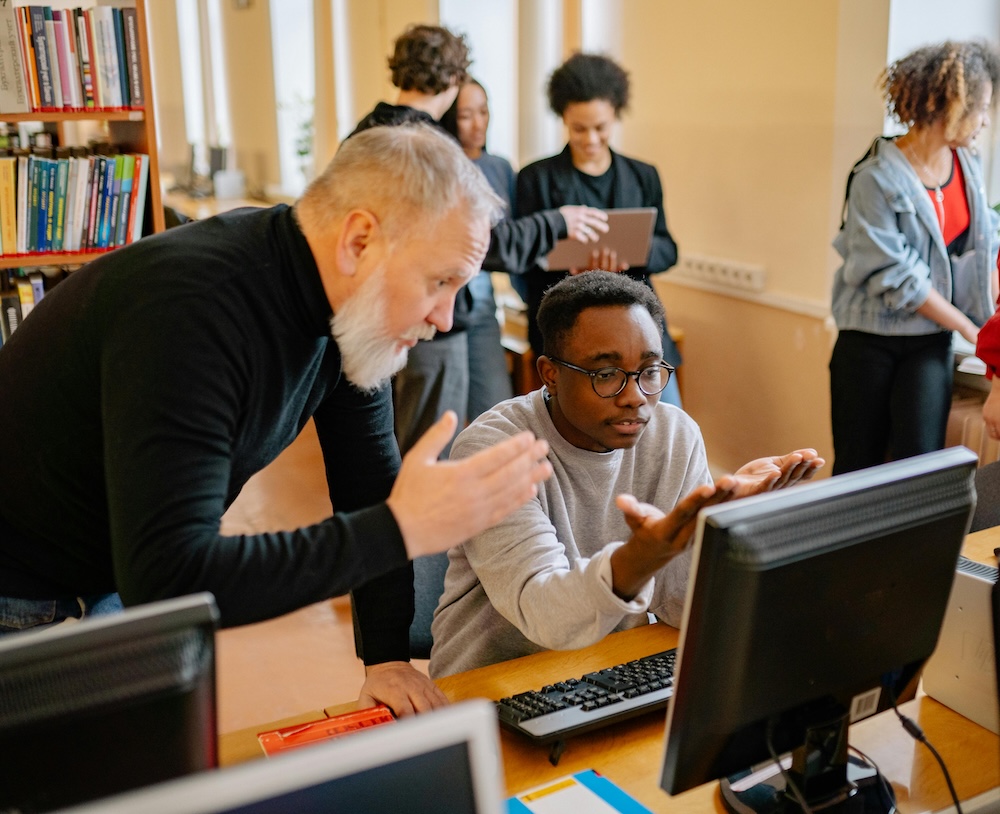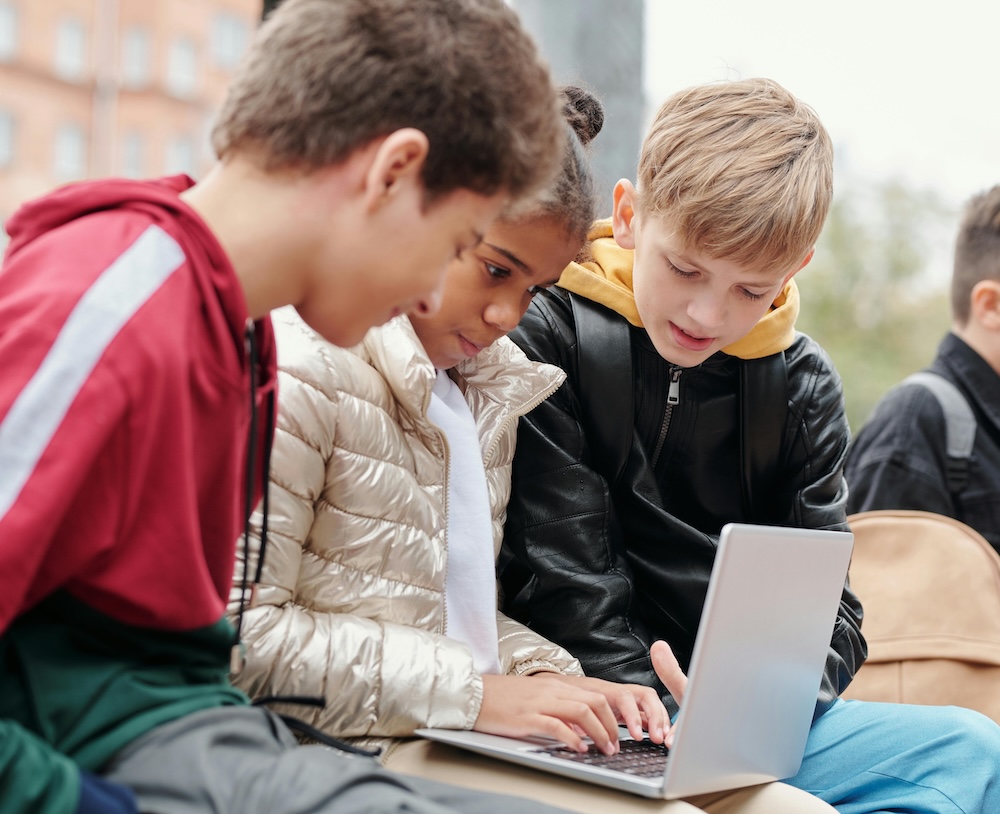
Education at a Turning Point
AI is no longer a futuristic concept. It is a present-day reality that is rapidly transforming the educational landscape. What was once a distant promise is now knocking at the door of every classroom. From my recent conversations with educators and school leaders, one thing is clear: we are at a tipping point. The very essence of what education is, or could and should be, is up for redefinition. That is both exciting and full of promise.
The Current Reflex: Controlling AI
One thing that stands out in many conversations is a defensive reflex. Schools are largely focused on controlling, limiting, or even excluding AI:
- Using detection software to identify AI-generated texts
- Enforcing strict rules about what is and is not allowed
- Driven by understandable uncertainty, among both teachers and students, about what AI actually does
But doubts are growing. If knowledge is readily available and AI can effortlessly summarize, write, and answer, what value remains in the traditional lesson model? If both students and teachers can use AI for most of the standard curriculum, what is the added value of classic knowledge transfer?
What’s Really Behind These Concerns?
The anxiety around AI goes deeper than fears of cheating. It touches on the identity of the education professional. If your role is no longer to transfer knowledge, then who are you, as a teacher, a lecturer, or a school leader?
That is a tough question. But answering it opens up new possibilities. Rather than seeing AI as a threat, we could say this is our moment to reinvent education, with more attention to what people truly need in the 21st century.
From Knowledge Transfer to Collaborative Knowledge Building
What education needs now is a fundamental shift in mindset. We must let go off the idea that learning is primarily about passing on facts and lists. Instead, there is room for a richer, more human-centered model. One built around curiosity, collaboration, and personal growth.
Think of the shift from:
- One-way knowledge transfer
- Memorizing standardized information
- One-size-fits-all lessons
- Assessment based only on final results
To:
- Co-constructing knowledge with students
- Focusing on analytical skills, critical thinking, and creativity
- Personalized learning, tailored to pace and interests
- Emphasis on thought processes and personal development, not just the outcome

In this model, the role of the teacher changes significantly. No longer a transmitter of knowledge, but a guide who helps students explore their own questions, strengths, and learning styles. It is a role that demands more from educators and gives more in return.
AI as Ally
Many educators I spoke with recognize that AI can support learning, but they often do not know where to start. That is understandable, given how quickly the landscape is evolving and how little guidance is available.
Yet this is precisely where the opportunity lies. Not in shutting out AI, but in exploring it together with students and using it to develop knowledge.
AI can make education more personal and accessible than ever. One example: a colleague shared how students with dyslexia are now able to independently read texts that were previously out of reach. And that is just the beginning.
Why should we continue to assess students mainly on writing skills, when AI can generate texts in seconds? What we really want to know is how they arrived at that result. What questions did they ask? What decisions did they make while using AI?
That is where the real learning happens, in the process, not the product.
What Does This Mean for Educational Institutions?
This transformation demands major changes on several fronts:
- HR policy: What competencies do teachers need to take on this new role?
- Educational concepts: What does learning look like when it is no longer centered on traditional classroom instruction?
- Use of time and space: Why stick to fixed classrooms and timetables?
- Assessment systems: How do you measure growth, process, and knowledge development instead of just reproduction?
We Cannot Afford to Wait
What worries me is the pace. AI is evolving faster than education can keep up. While schools are still considering how to “do something with AI,” new generations of AI agents are already emerging. These are tools that can reason, analyze, and even design independently. They may not fully think like we do, but they are getting close.
If we hesitate too long, the gap will widen. This is the time to make decisions. Not about whether to engage with AI, but about how to do it in a human-centered and meaningful way.
Strengthening the Core: Education is Human
Ironically, the rise of artificial intelligence is redirecting education back to human intelligence and development. What AI really shows us is what education is truly about: not memorization, but sparking curiosity, encouraging creativity, and helping people grow.
That has always been the heart of education, even if we lost sight of it along the way.

Now, in the age of AI, we have a chance to make education more human again. Less about getting the right answer, more about asking the right questions. Less about what you know, more about how you acquire knowledge and what you do with it.
AI is pushing us toward a more humanistic model of education, one where the full development of the person is central.
Decide Now, Lead Tomorrow
It is time to seize this opportunity and transform education from knowledge transfer to knowledge development.
This transformation is inevitable. The question is not if, but how. The educational institutions that dare to look ahead and make bold decisions now will be the ones shaping the education of tomorrow.
So: who is ready to lead?
This article is based on conversations with various education professionals and school leaders in Europe. It is part of a series on the transformation of education in the age of AI.
PS: At times, I exaggerated aspects of the current state of education in this piece. Not to provoke, but to underscore the urgency of the shift toward knowledge development. Please do not take it personally; it comes from a place of engagement, not criticism.
